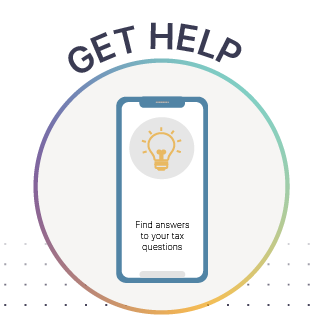Assess the debt
Review any IRS Form 1099-C, Cancellation of Debt, you received for the year. If you believe the information on the form is wrong, contact the lender to correct it. If the payer (lender) won’t correct the IRS Form 1099-C document, report the amount on your tax return but include an explanation as to why the payer’s information is incorrect.
List any debts canceled during the year for which you didn’t receive an IRS Form 1099-C.
Determine whether the cancellation of debt is taxable income or if it qualifies for an exception or exclusion, which means it isn’t taxable income.
- Even if a canceled debt isn’t taxable income, you may need to complete IRS Form 982, Reduction of Tax Attributes Due to Discharge of Indebtedness (and Section 1082 Basis Adjustment), see below.
Exceptions and exclusions
There are several EXCEPTIONS to the requirement that you include canceled debt in income. Canceled debt that’s not included in income can be:
- Debt that’s canceled as a gift, bequest, devise, or inheritance;
- Certain cancellations of student loans;
- A payment of the debt that would have been a deductible expense for the tax year in which it was paid; and
- For example: Your mortgage company cancels the mortgage on your home. Part of the forgiven debt is interest that you could have deducted on your tax return if you’d paid it. The amount of interest forgiven isn’t included in income.
- A qualified purchase price reduction given by a seller.
Canceled debts that qualify for EXCLUSION from gross income are:
- Debt canceled in a Title 11 bankruptcy case;
- Debt canceled during insolvency;
- You’re insolvent when your total liabilities (what you owe) exceed (more than) the value of your total assets. You may use IRS Publication 4681, Insolvency Worksheet, to determine if you were insolvent just before the cancellation.
- Cancellation of qualified farm indebtedness;
- Cancellation of qualified real property business indebtedness; and
- Cancellation of qualified principal home indebtedness.
- This exclusion allows taxpayers to exclude up to $750,000 ($375,000 if married filing separately) of canceled “qualified principal residence indebtedness”.
- This exclusion does NOT apply if the cancellation was for services performed for the lender or on account of any other factor not directly related to a decline in the value of your home or to your financial condition.
- If only a part of a loan is qualified principal residence indebtedness, the exclusion applies only to the extent the amount canceled is more than the amount of the loan (immediately before the cancellation) that isn’t qualified principal residence indebtedness. The remaining part of the loan may qualify for another exclusion.
Filing your tax return
You must report any taxable amount of a canceled debt as ordinary income on IRS Form 1040 or IRS Form 1040NR tax returns.
To report the amount qualifying for exclusion and other information that may affect your tax liability in future years, you must file IRS Form 982, Reduction of Tax Attributes Due to Discharge of Indebtedness (and Section 1082 Basis Adjustment).
- For example: For cancellation of debt on your qualified principal residence that you exclude from income, you must lower your basis in the residence. This may increase the amount of gain you have if you later sell the residence.












